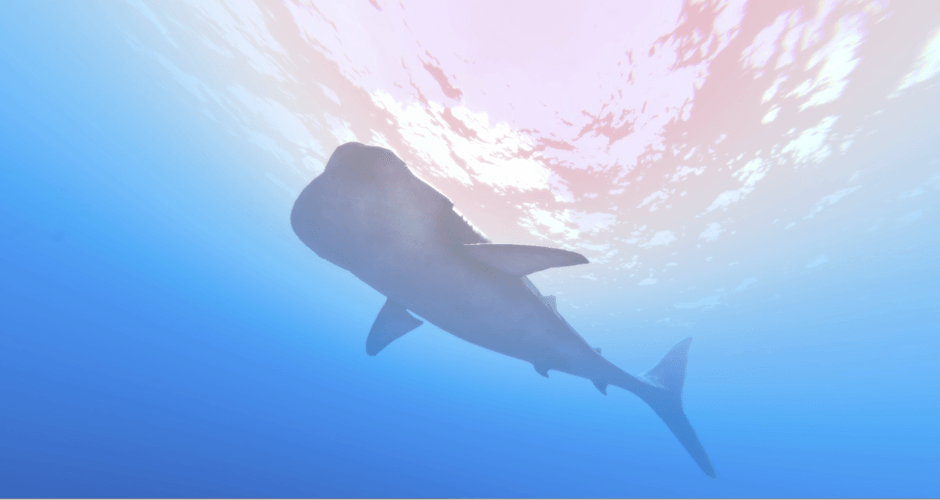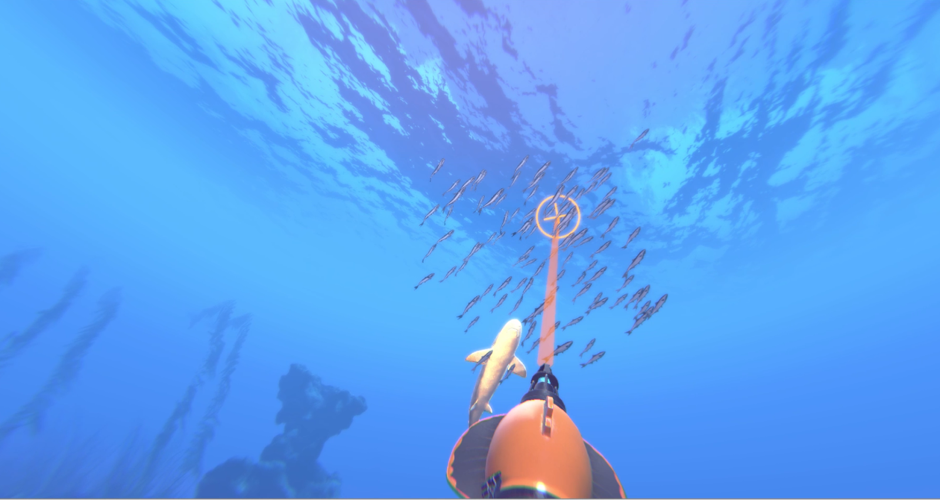With the launch of Operation Apex today on the HTC VIVE, we asked the CEO of Curiscope, Ed Barton, to give us some in depth insight into the virtual experience surrounding one of the most expansive, diverse places on the planet: our ocean.
It’s hard to imagine a world without plastics. For most of us, it’s only the world we’ve ever known. Plastic became a mainstream material in the 70s with invention of the plastic bag and now, in less than 50 years, we’ve reached a stage where our oceans contain over 50 trillion microplastic particles, 500 times more than the stars in our Galaxy. If we continue at our current rate, by 2050 our oceans will contain more plastic than fish by mass.
The underwater world makes up considerably more of the Earth than the areas we inhabit, yet to most of us the ocean is completely alien, scary even. It is an environment where still, countless species still exist that we’ve never even laid eyes on. The wonder of this world runs contrary to the impact we as a species are having on it. Our impact is something that’s out of sight and out of mind.

So there’s a huge problem here but we wanted to try to tackle it a little differently. Virtual Reality is often so immersive that most experiences focused on a social mission leave you drained or overwhelmed and can often do more to disconnect you from the issue at hand. Learning about something doesn’t need to feel like a lecture.
With Operation Apex we wanted to lead with the wonder of the ocean, creating a product that stands up on its own right. It’s not only a game that you’ll learn from but something that you’ll enjoy and want to go back into time and time again to interact with the creatures and to explore the things hidden around the levels.

So, what was important to make that happen? We started the project with extensive communication with our contacts at Oceans Research, looking into what messages were important to communicate and how we could best represent the environment. The development team then scoured through research papers to learn as much as we could about the food chain and the way the animals move in this environment so that we’d be able to make it feel as realistic as possible. In particular, we spent months honing an algorithm for the sharks that represented them in a lifelike manner. This provided the user with an ability to interact with them, feed them, chase them and swim with them, all as though you were in their environment alongside them.

This code-driven animation was something we were particularly keen to work on. Ben and myself started Curiscope at the start of 2016 with an animation, Great White Sharks 360, that went on to be watched by over 25m people. Most people watch it not even knowing that it’s animated and assume it to be filmed footage. Animation and CGI were the tools we chose at the time with the objective of reaching as many people as possible but we always built it with a view to it becoming something more.
Operation Apex is the product that is something more, the spiritual sequel. We transitioned the company from CGI to real-time, code-driven animation, creating a fully interactive, explorable world where the inhabitants react to your presence. It’s maybe bigger than we ever envisioned it would be and we’re just getting started. One of the most exciting aspects about working in this new medium is world creation and the subsequent exploration and discovery this offers. The opportunity to create dynamic creatures that then live there and react to you is a sensation that’s unique to VR and that’s unparalleled by anything else.

The food chain is the core point of progression in Operation Apex. As you progress through the game you work your way up, learning more and more about the different species and how pollutants, plastics and overfishing have an impact across them all. We’ve also introduced a couple of interesting game mechanics, the lure and the mimic. Together you can use these to control and interact with the creatures in your environment. As you progress through the game, you unlock more and more mimics (even a Whale Shark which is…interesting) and interact your way up to the predators at the top of the food chain.

So it’s a bit of an experience, a game and a virtual world, all rolled into one. We designed it to be open ended so that, whilst there’s a narrative arc, you can go off script and explore the environment. We hate experiences that are on rails and think the most exciting part about an ocean environment is the freedom that it offers. It’s an interesting space in which to create; and we want to continue opening up possibilities as we develop it further.

We’d hope that users spend as much time exploring the environment as they do progressing through the tasks. We’ve spent a lot of time crafting it to have its own character with deep crevices, caves, tunnels and the slowly wafting kelp, loosely modelled on one of our favorite places on the planet, Monterey. We’ve also hidden some pretty interesting discoveries around the levels, some hinting at future expansion ideas and others being creatures that are as elusive in the game as they are in real life.

Ultimately we’d love to hear how you all get on. We’re a small team with around 6 members of staff working on Operation Apex over 2017. We’d love for this to be the start of development and of transforming the idea of what immersive learning really could be. And, of course, we’d love to hear how Operation Apex has impacted you and how, together, we can protect the most important ecosystem on our planet.
- Ed Barton, CEO, Curiscope
Website: LINK


